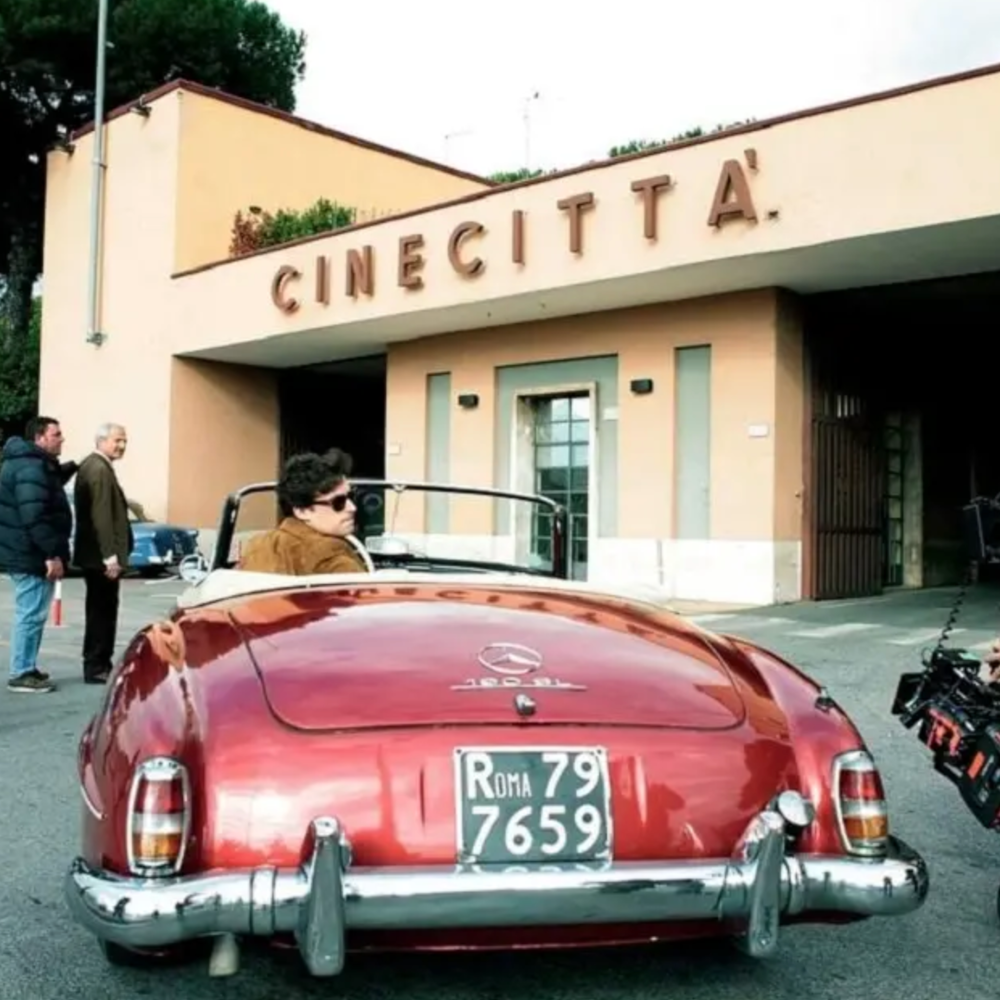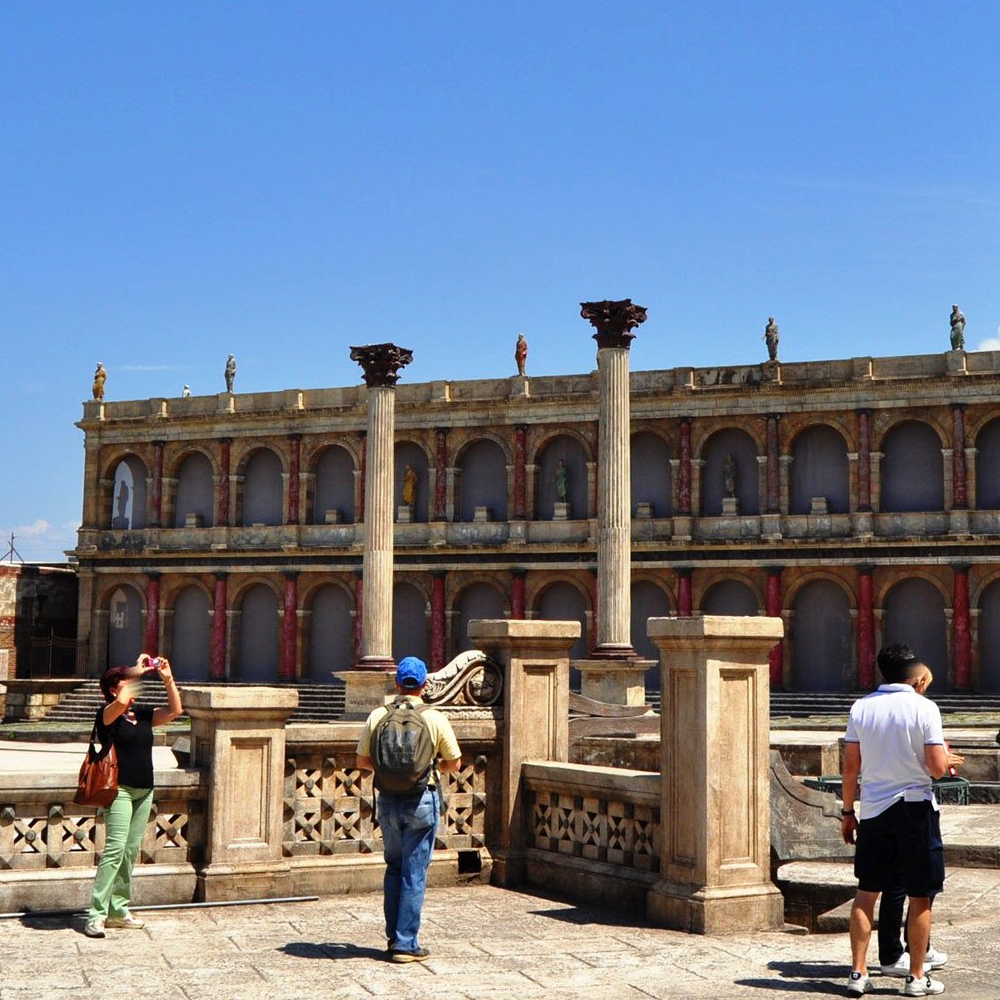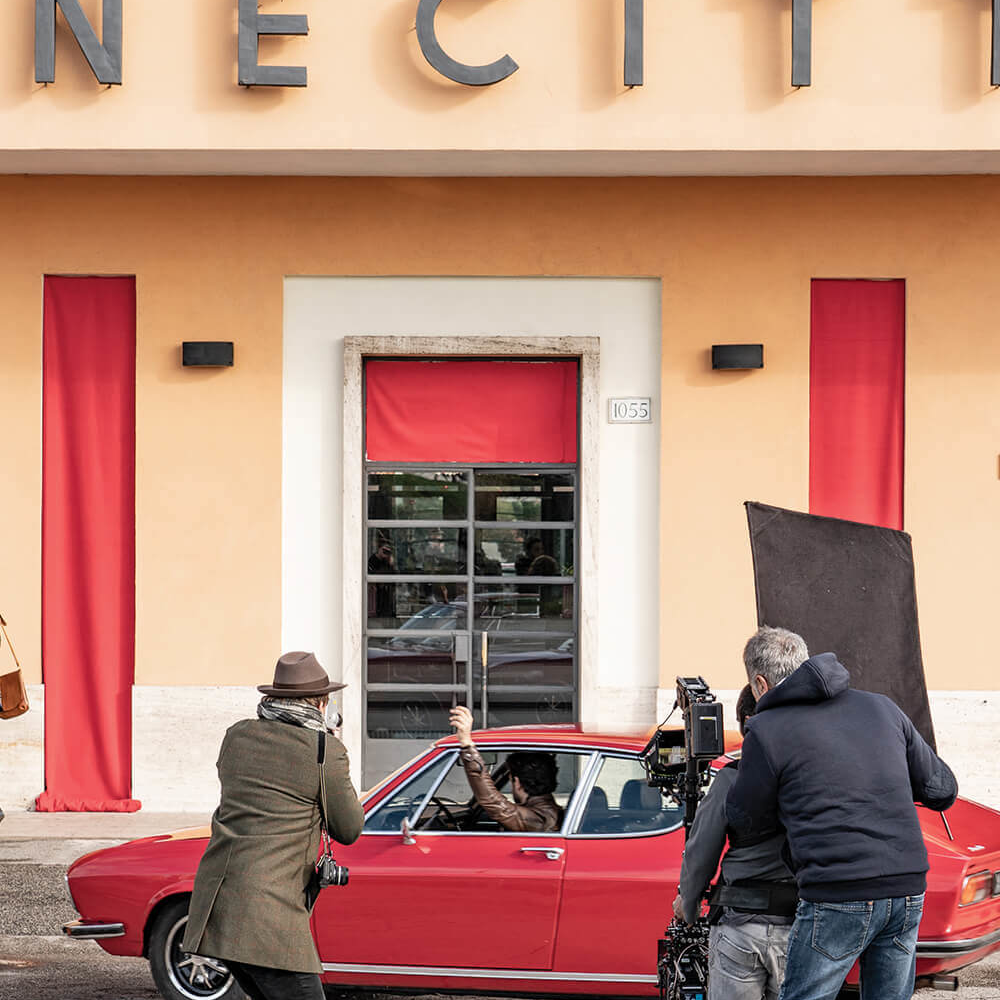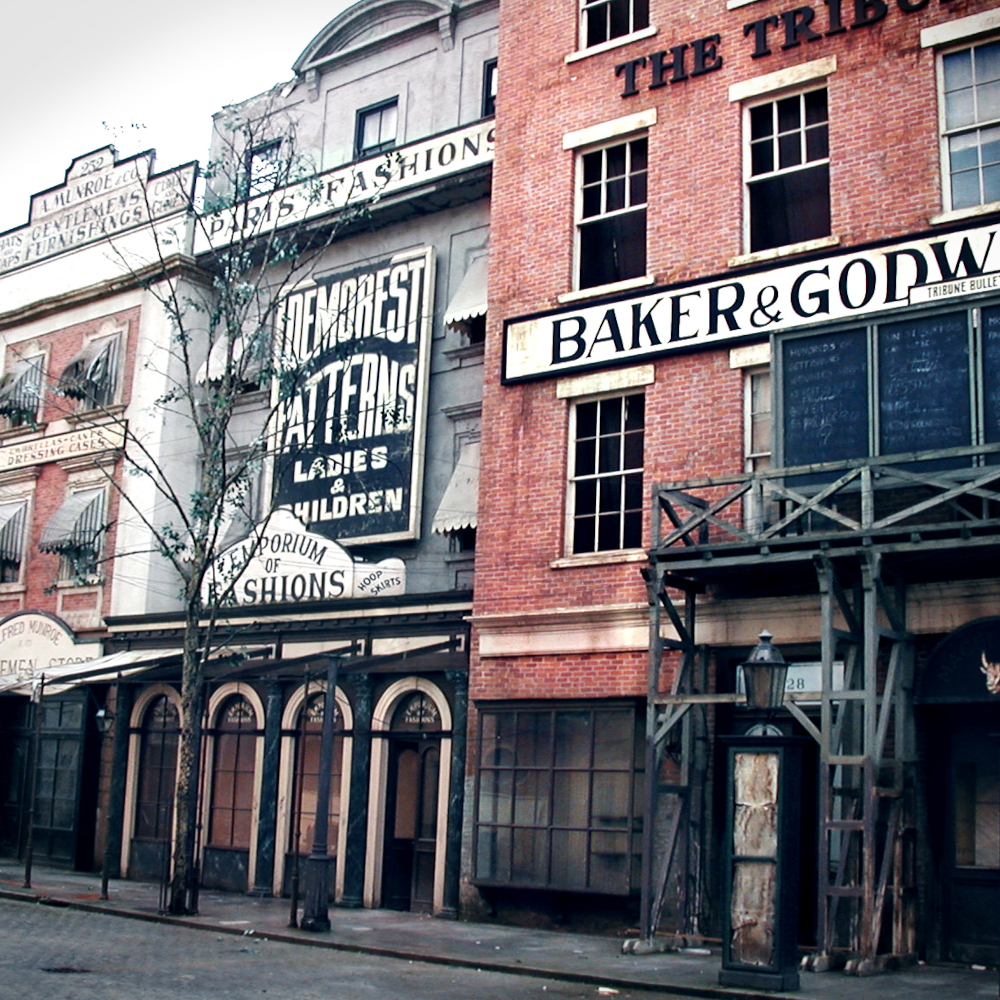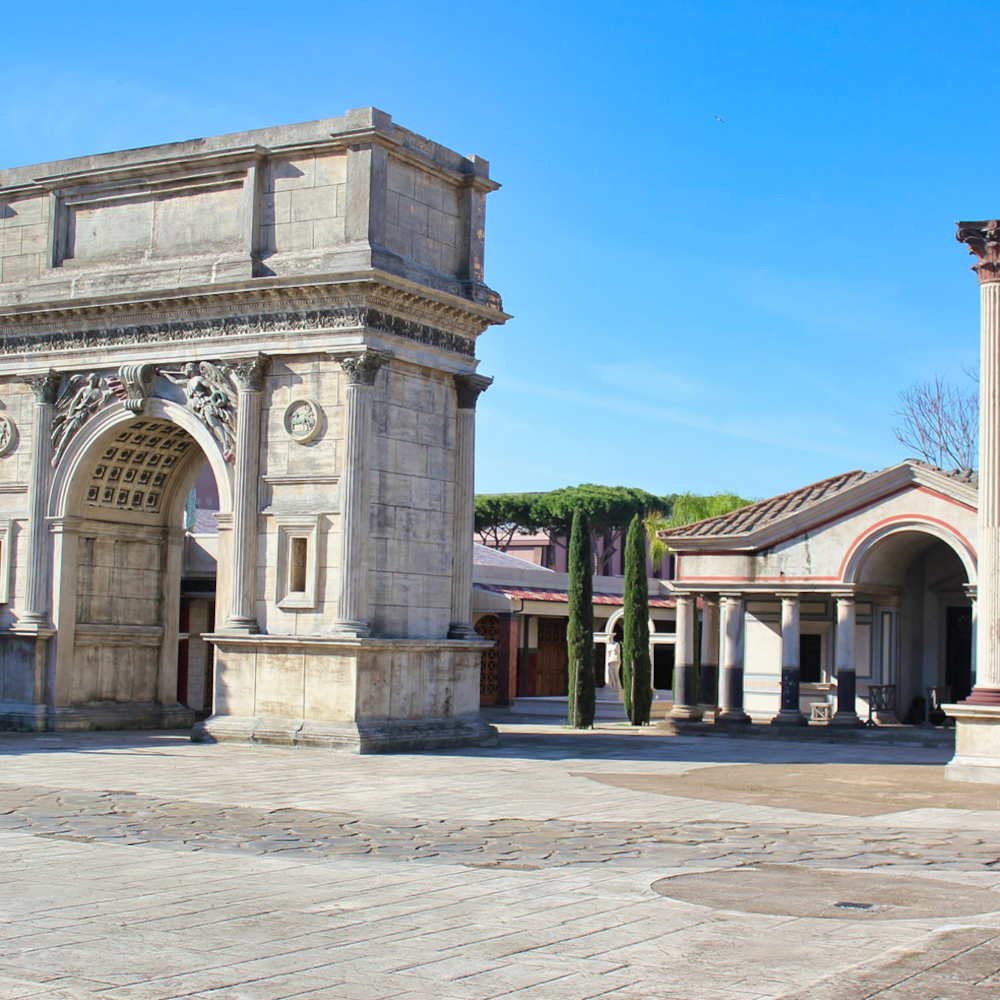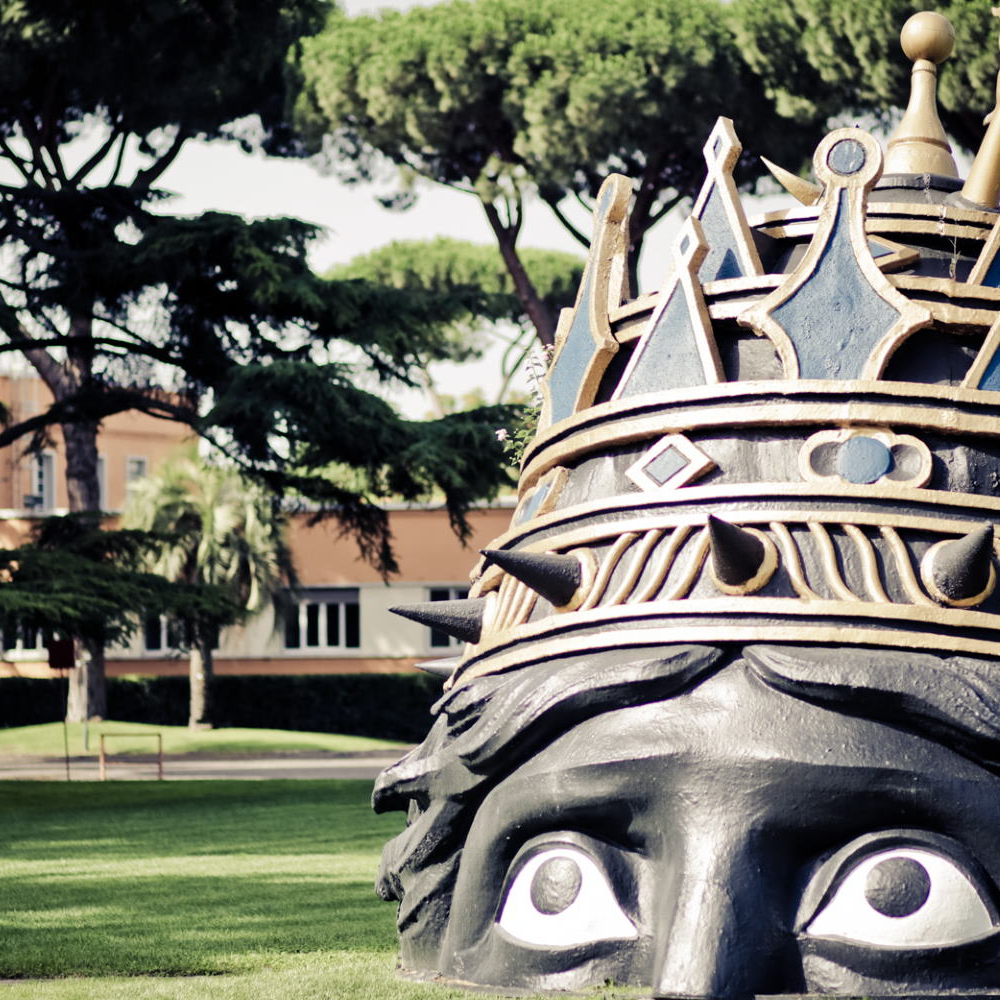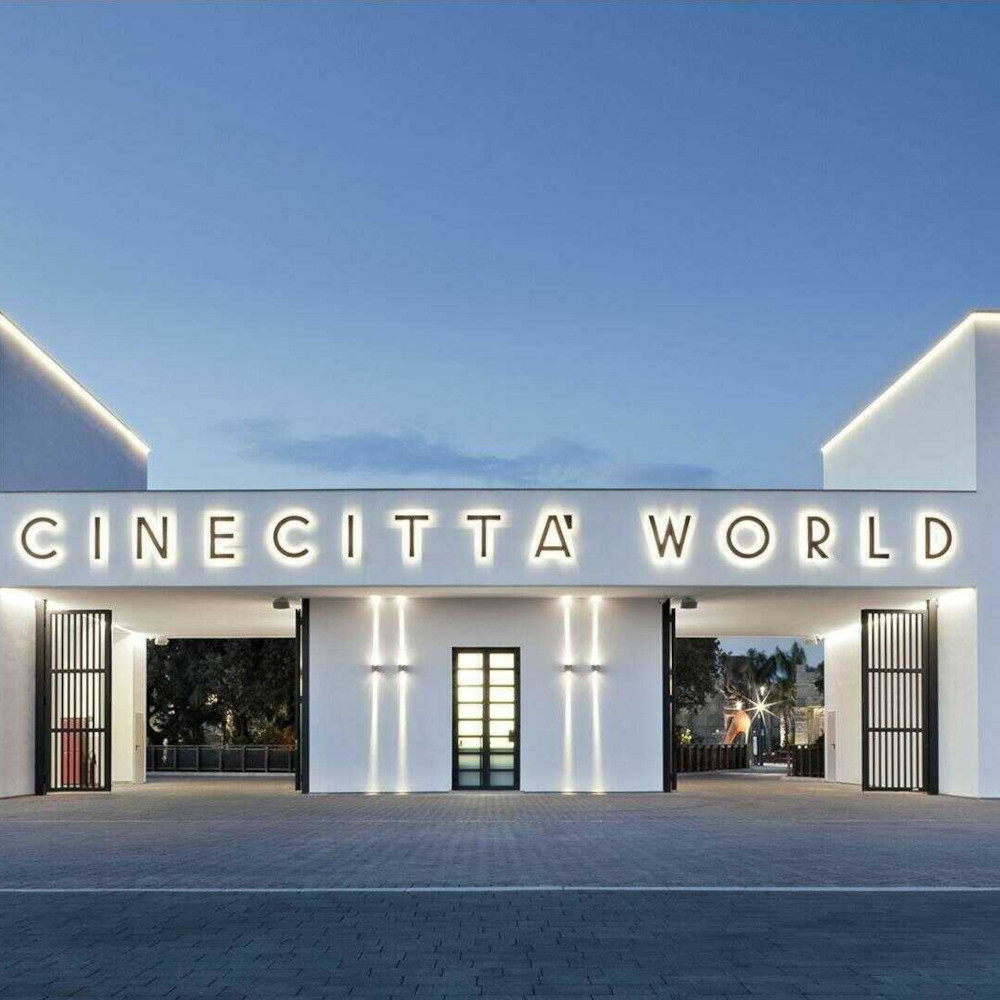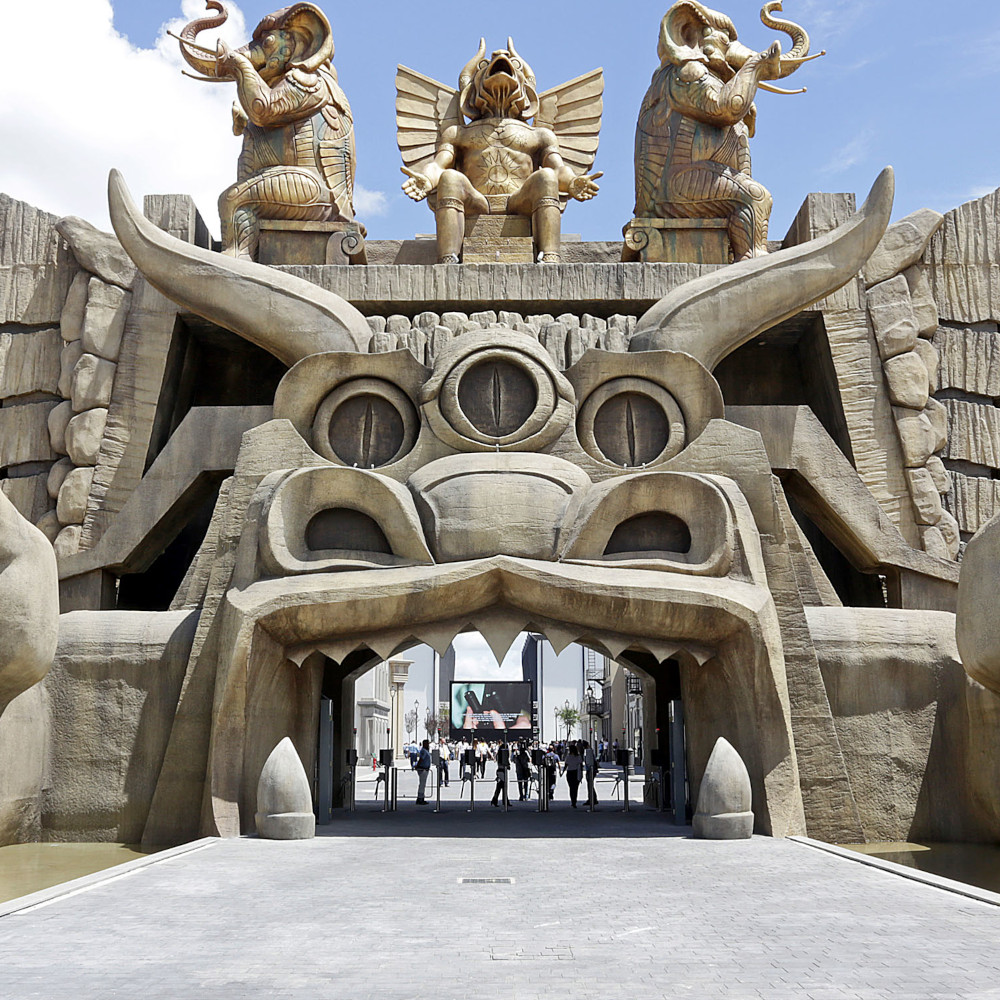Cinecittà attrae ogni anno moltissimi visitatori, sia italiani che stranieri. Recandovi a Cinecittà visiterete una piccola Hollywood. Sì, proprio così, Cinecittà è un complesso di studi cinematografici situati a Roma, qui hanno lavorato parecchi registi e attori importanti del cinema italiano, come Federico Fellini, Ettore Scola, Sergio Leone, Anna Magnani, Alberto Sordi, Vittorio De Sica, Sophia Loren, Gina Lollobrigida, Pier Paolo Pasolini e non solo registi e attori italiani ma anche stranieri, come Martin Scorsese e Francis Ford Coppola. Presso gli studi di Cinecittà sono stati girati più di 3000 film, di cui 90 hanno ricevuto la candidatura all’Oscar e 51 pellicole sono riuscite ad aggiudicarselo. Cinecittà sorge nel 1936, ad opera di Carlo Roncoroni, il quale acquistò un terreno di circa 600.000 mq lungo la Tuscolana. La prima pietra della costruzione venne posata il 30 gennaio del 1936 e dopo 15 mesi, il 28 aprile del 1937, Mussolini e Giacomo Paulucci di Calboli poterono inaugurare Cinecittà, costituita da 73 edifici tra i quali 21 teatri di posa, centrali elettriche e uffici di direzione.
Cinecittà attracts millions of visitors each year, both Italian and foreign. By visiting Cinecittà, you’ll experience a small Hollywood. Yes, that’s right, Cinecittà is a complex of film studios located in Rome, where many important directors and actors from Italian cinema, such as Federico Fellini, Ettore Scola, Sergio Leone, Anna Magnani, Alberto Sordi, Vittorio De Sica, Sophia Loren, Gina Lollobrigida, as well as foreign directors and actors like Martin Scorsese and Francis Ford Coppola, have worked. At Cinecittà studios, more than 3,000 films have been shot, 90 of which were nominated for an Oscar, and 51 films have won the prestigious award. Cinecittà was established in 1936, by Carlo Roncoroni, who purchased a plot of land covering about 600,000 square meters along the Tuscolana road. The first stone was laid on January 30, 1936, and after 15 months, on April 28, 1937, Mussolini and Giacomo Paulucci di Calboli inaugurated Cinecittà, which was composed of 73 buildings, including 21 sound stages, power plants, and management offices.


